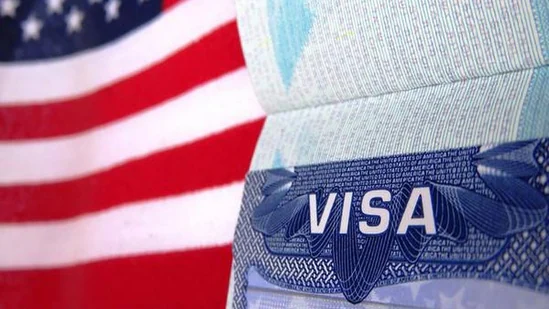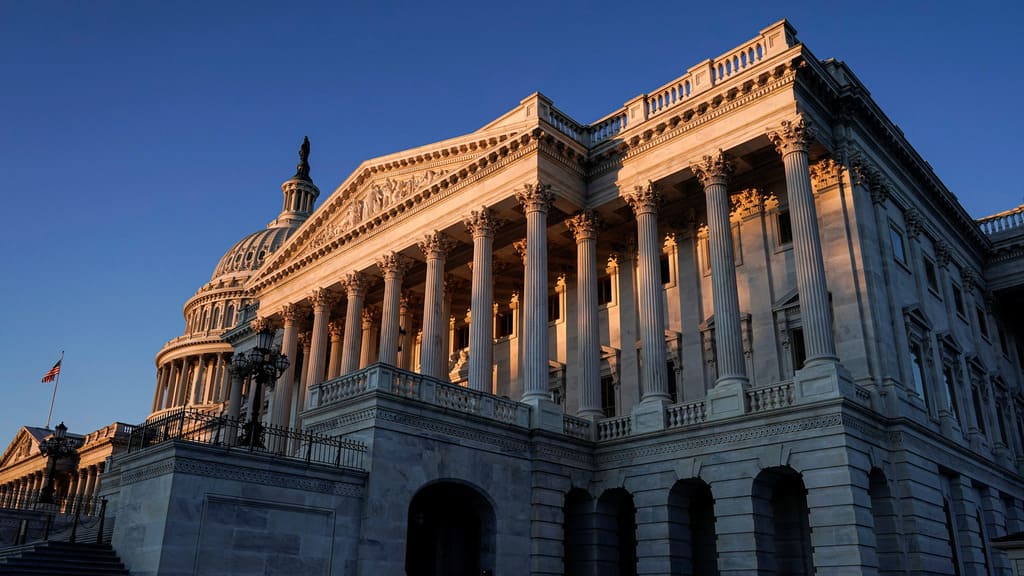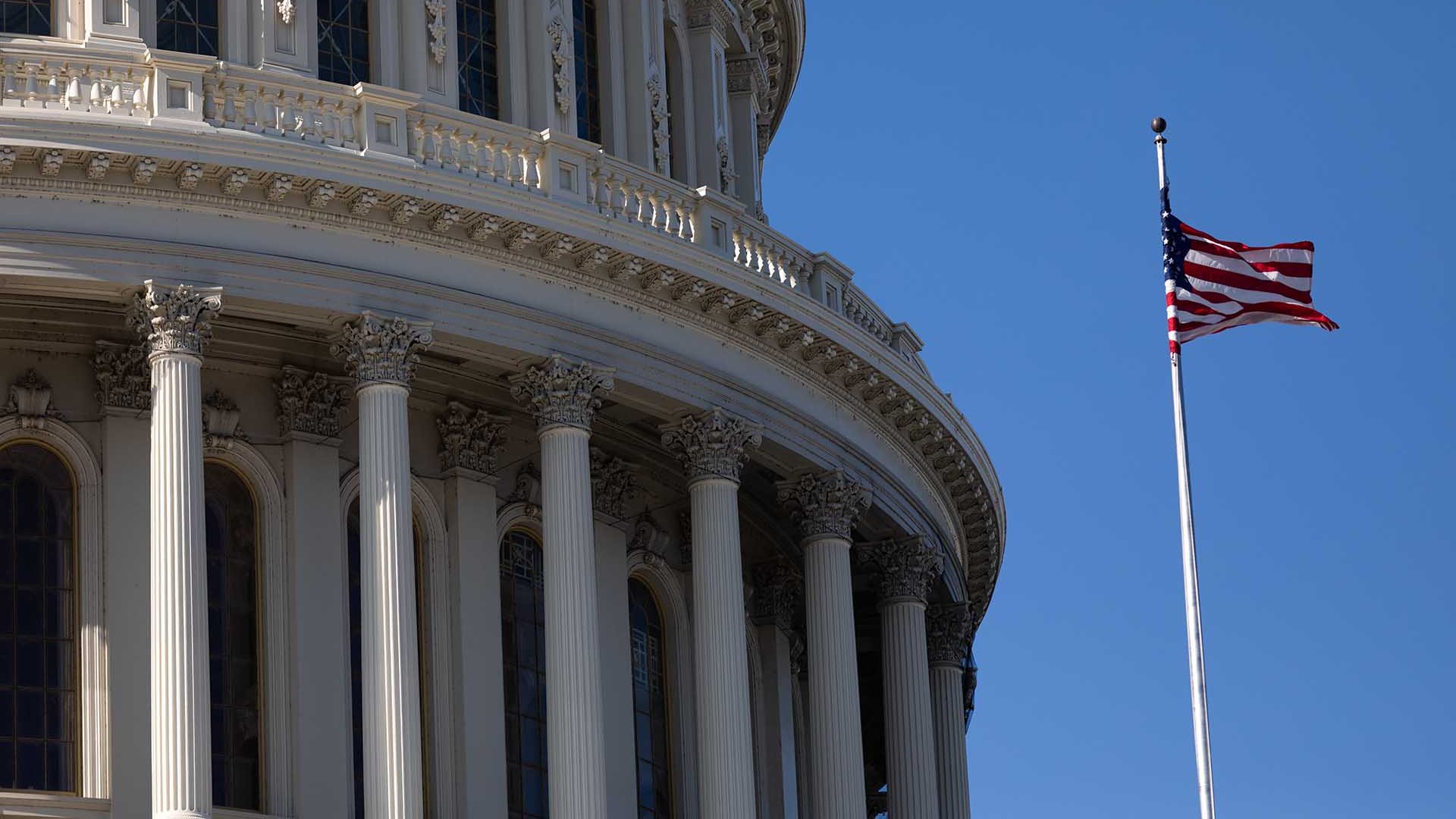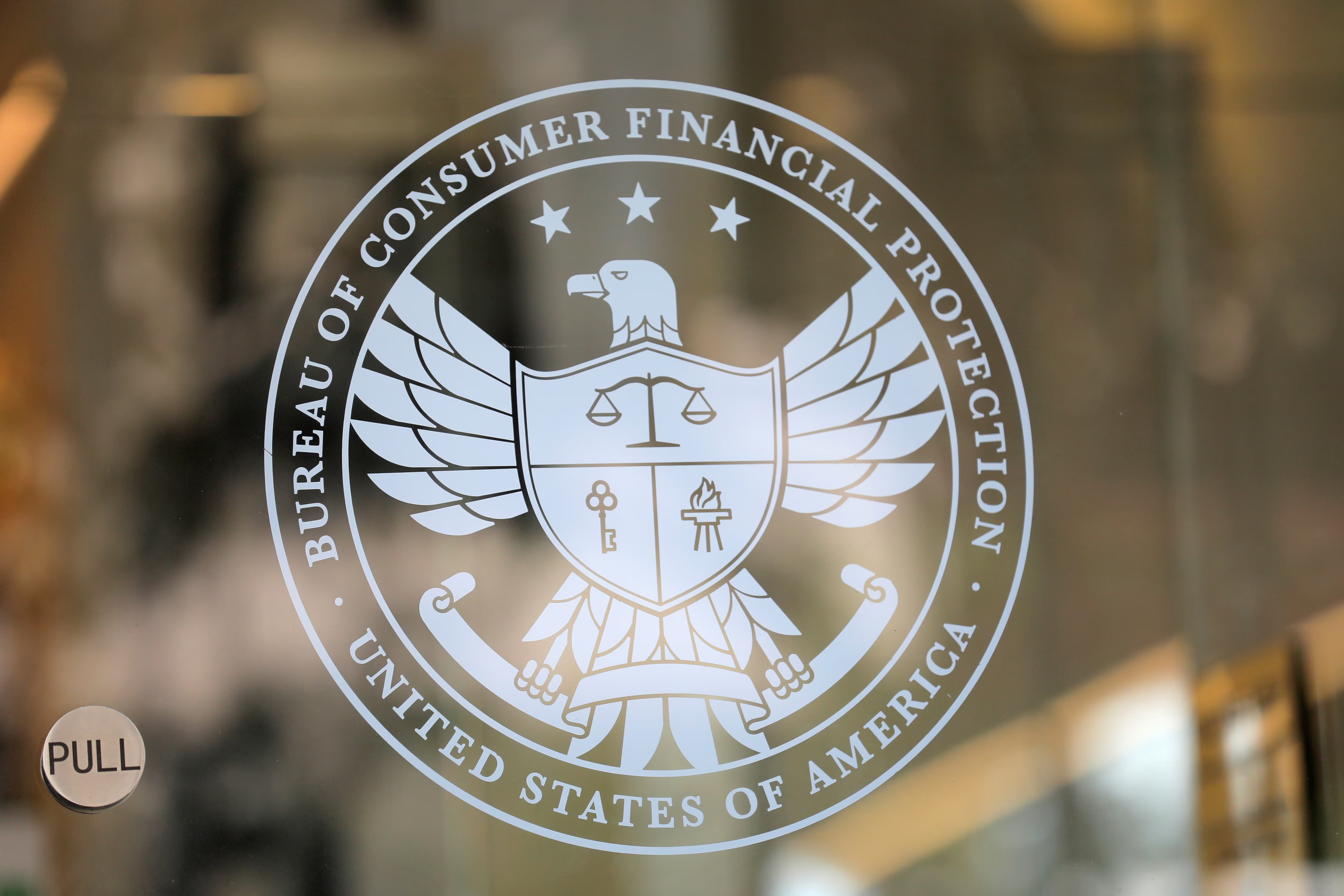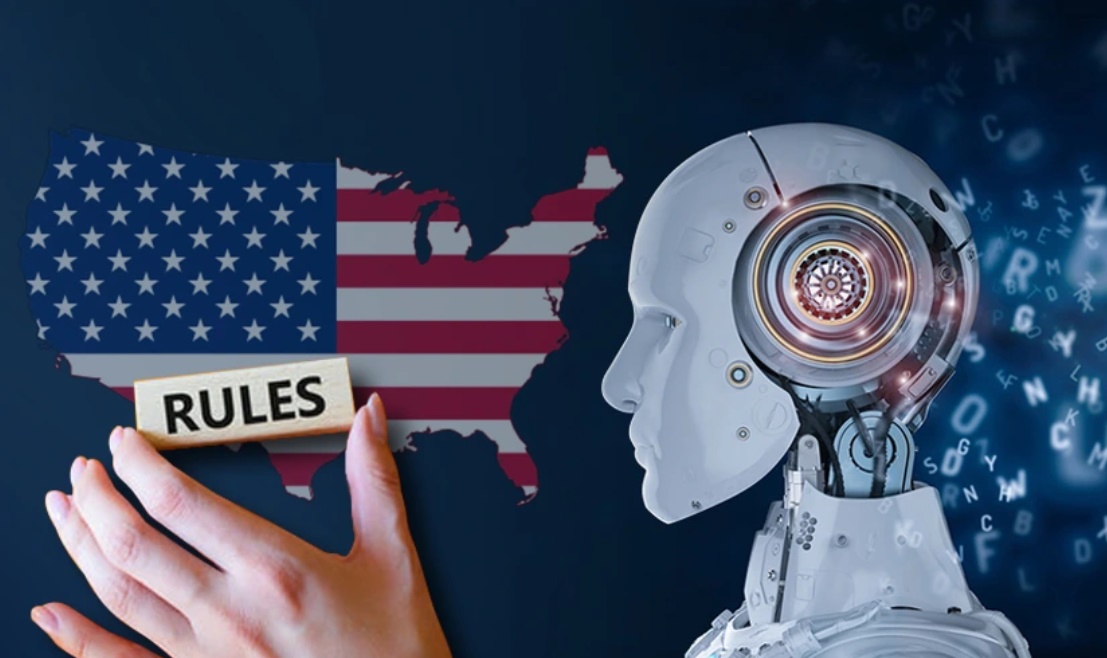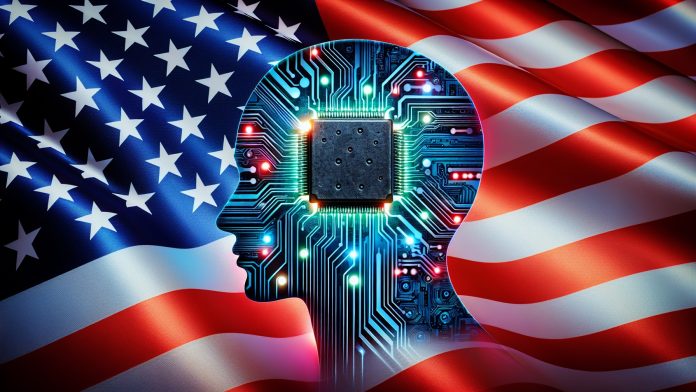🏦 Bank Loans in the USA: Navigating the Complex Landscape of 2025 with Expert Insights and Strategies
BynambiPublished 88 days ago
1. Technological Disruption in Lending
AI and Big Data in Loan Origination
Banks utilize AI-powered platforms that analyze comprehensive borrower data beyond traditional credit scores — including cash flow patterns, employment stability, and even behavioral analytics. This enhances precision in risk assessment but raises concerns regarding fairness and algorithmic transparency.
Digital-First Lending Models
Fully digital loan applications and approvals, enabled by biometric authentication and instant data verification, are becoming standard. This trend accelerates loan processing times and expands access to underbanked populations.
Blockchain and Smart Contracts
Innovations in blockchain facilitate secure, tamper-proof loan agreements and automate repayment schedules through smart contracts, improving transparency and efficiency.
2. Regulatory Landscape and Consumer Protection
The regulatory environment is tightening to address the risks of digital lending:
Consumer Financial Protection Bureau (CFPB) enforces stricter guidelines for transparent disclosure and fair lending.
Data privacy laws such as California Consumer Privacy Act (CCPA) and proposed federal legislation impose rigorous controls on borrower data usage.
Heightened scrutiny of AI algorithms mandates explainability and fairness, pushing lenders to adopt “ethical AI” frameworks.
3. Loan Product Innovations
Loan Type 2025 Innovations Borrower Profiles
Personal Loans AI-based risk pricing, flexible repayment schedules Young professionals, gig workers
Mortgages Green home incentives, fractional ownership options Eco-conscious buyers, first-timers
Auto Loans EV-focused financing deals, telematics-based pricing Buyers of electric/hybrid vehicles
Business Loans Hybrid fintech-bank products, income-based repayment SMEs, startups
4. Borrower Risks and Ethical Considerations
Algorithmic Bias: AI models may inadvertently discriminate against minority groups or low-income borrowers.
Data Privacy: Increased data collection heightens vulnerability to breaches and misuse.
Debt Overextension: Easy access to credit may lead to unsustainable borrowing, exacerbated by inflation.
Economic Uncertainty: Rising interest rates and labor market volatility impact loan availability and borrower capacity.
5. Strategic Borrowing Best Practices
Maintain a strong credit profile by timely payments and low debt-to-income ratios.
Utilize fintech tools for loan comparison and credit monitoring.
Understand loan terms thoroughly; consult financial advisors when necessary.
Negotiate loan conditions proactively, including interest rates and repayment flexibility.
Prioritize data security and choose lenders with transparent privacy policies.
6. The Road Ahead: Future Trends in U.S. Bank Lending
The future points to a more integrated lending ecosystem featuring:
Open banking frameworks enabling seamless data sharing with borrower consent.
Advanced AI capable of adaptive and personalized credit products.
Increased regulatory emphasis on ethical AI and data security.
Growing consumer demand for sustainable and socially responsible lending options.
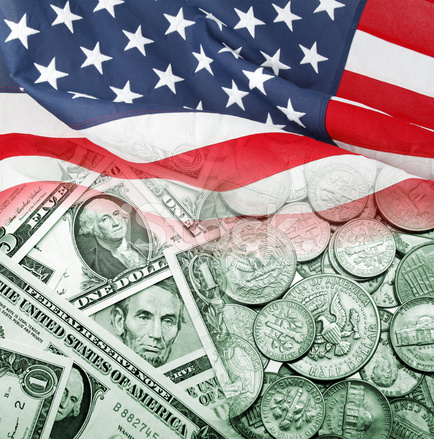



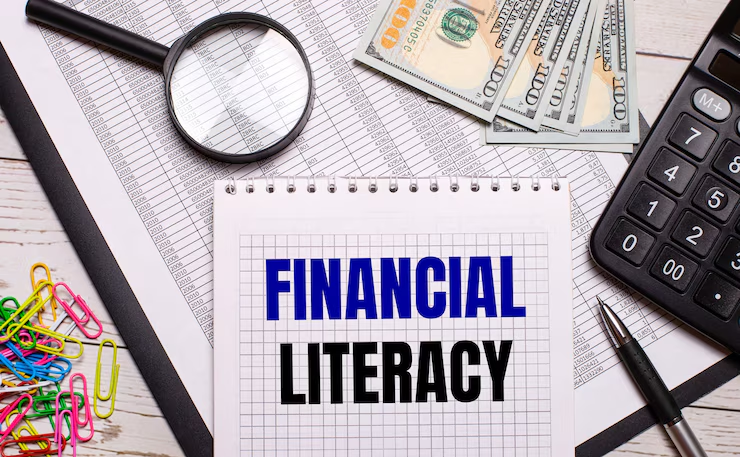
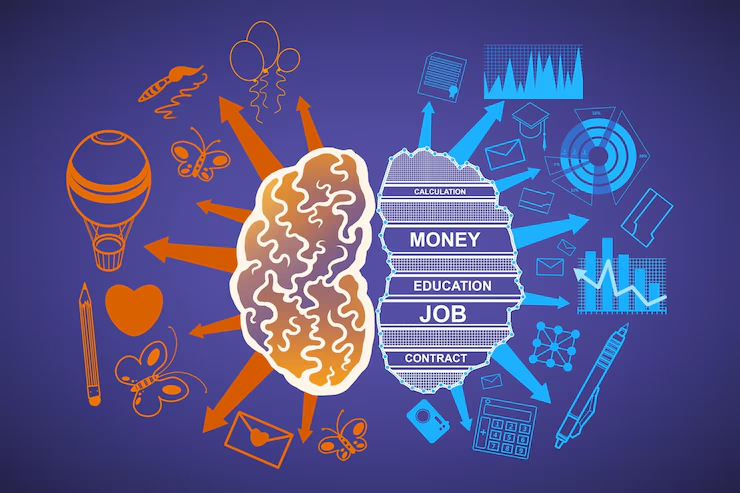

.avif)
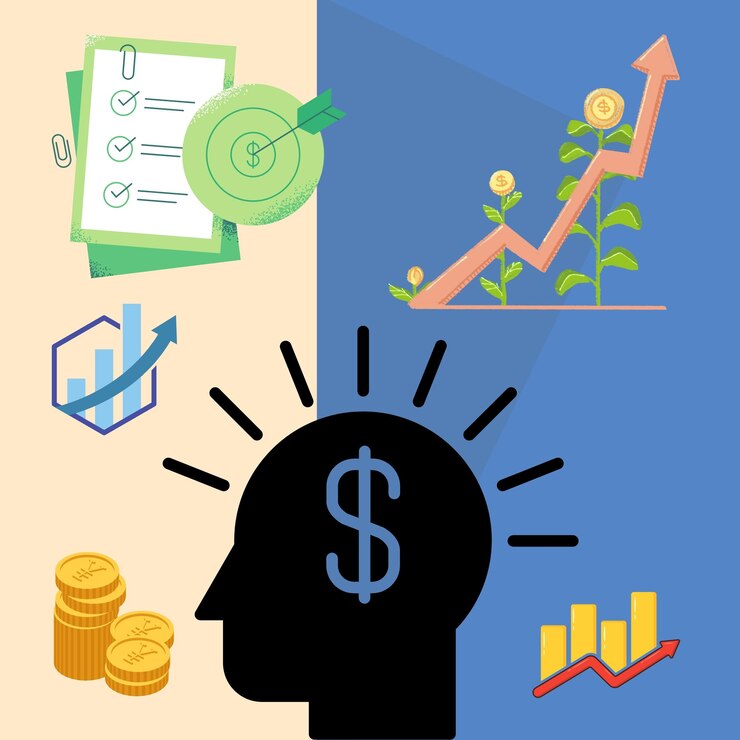
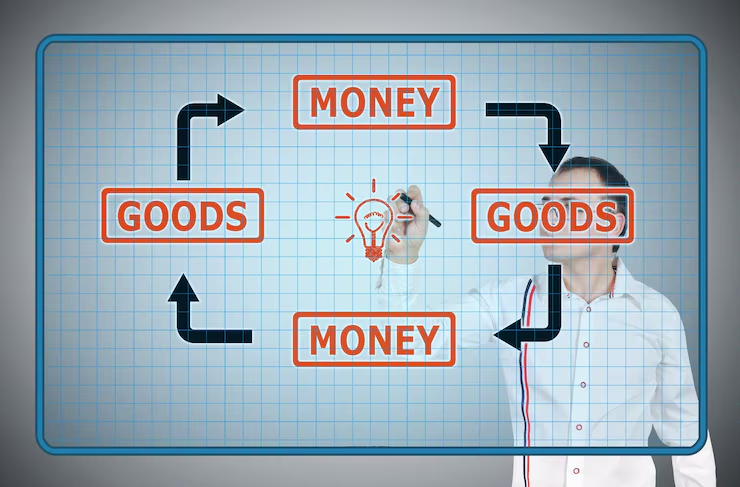



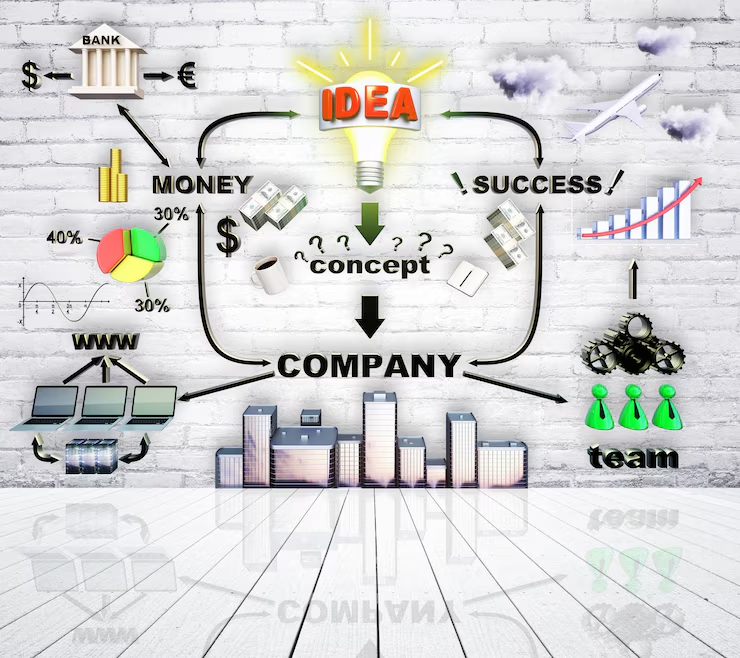

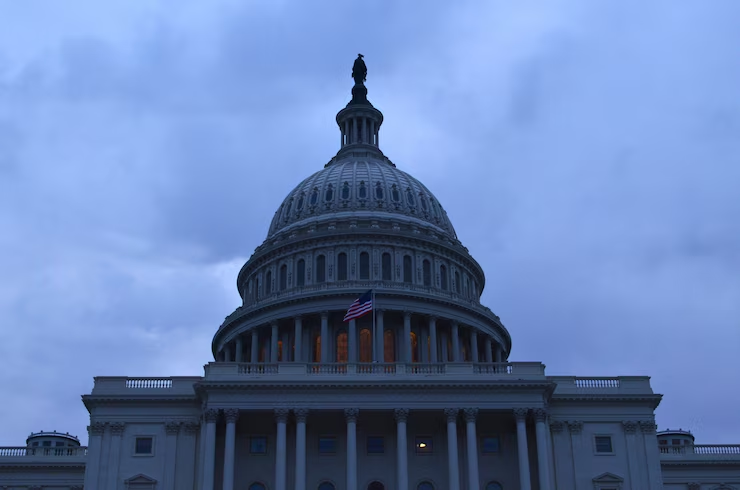






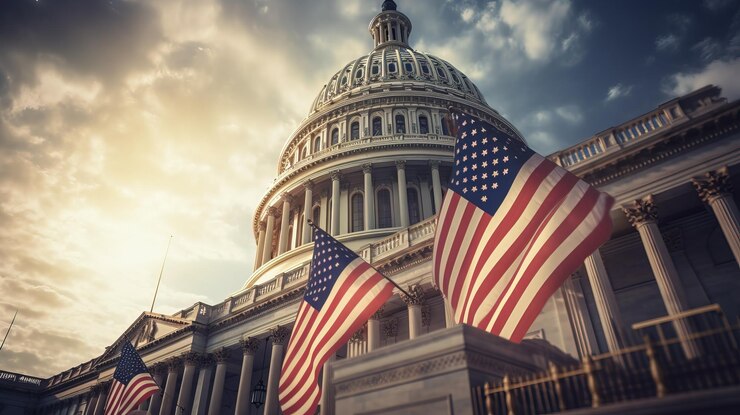

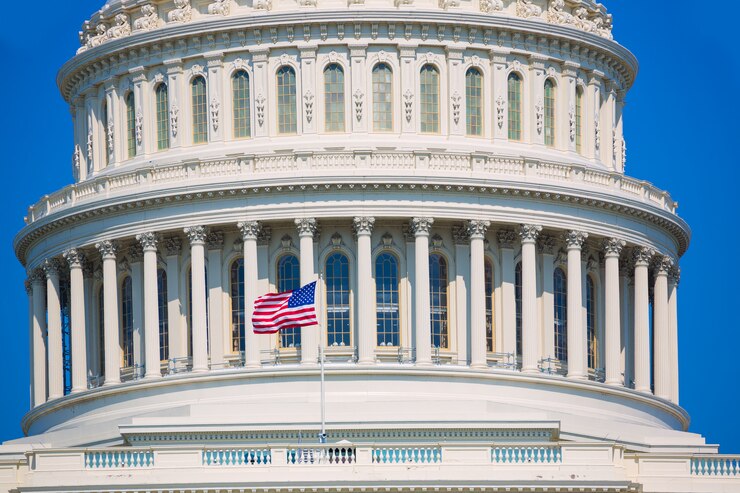

.jpg)





.png)


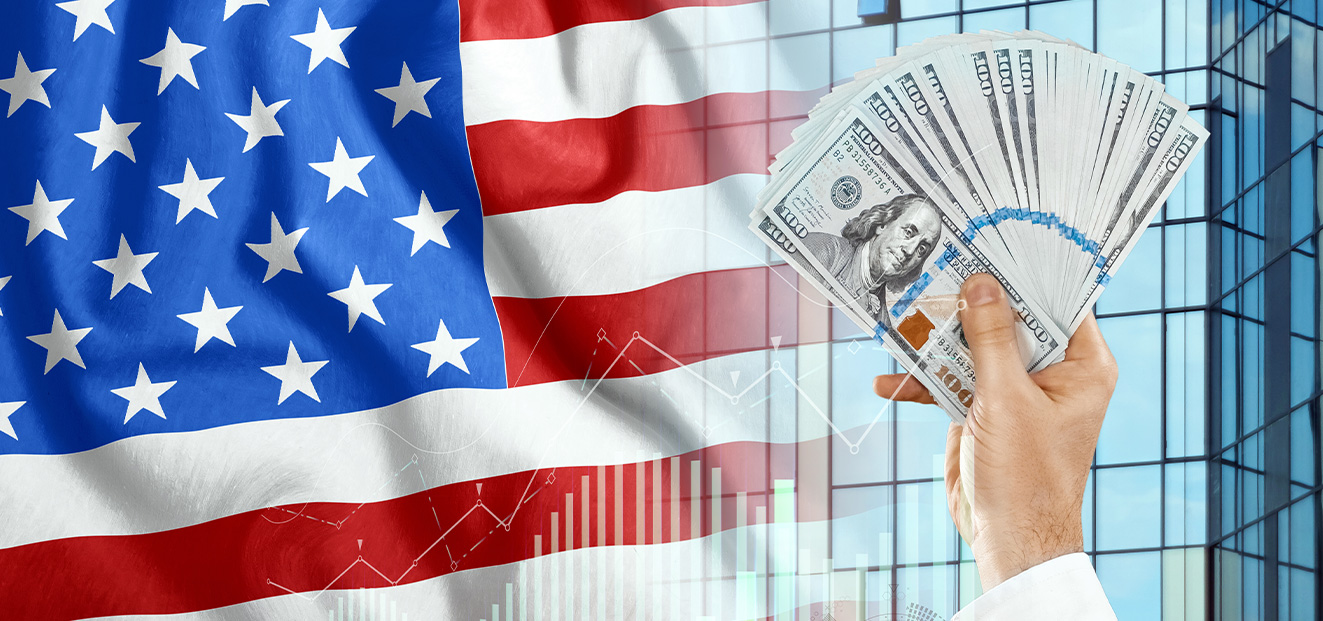




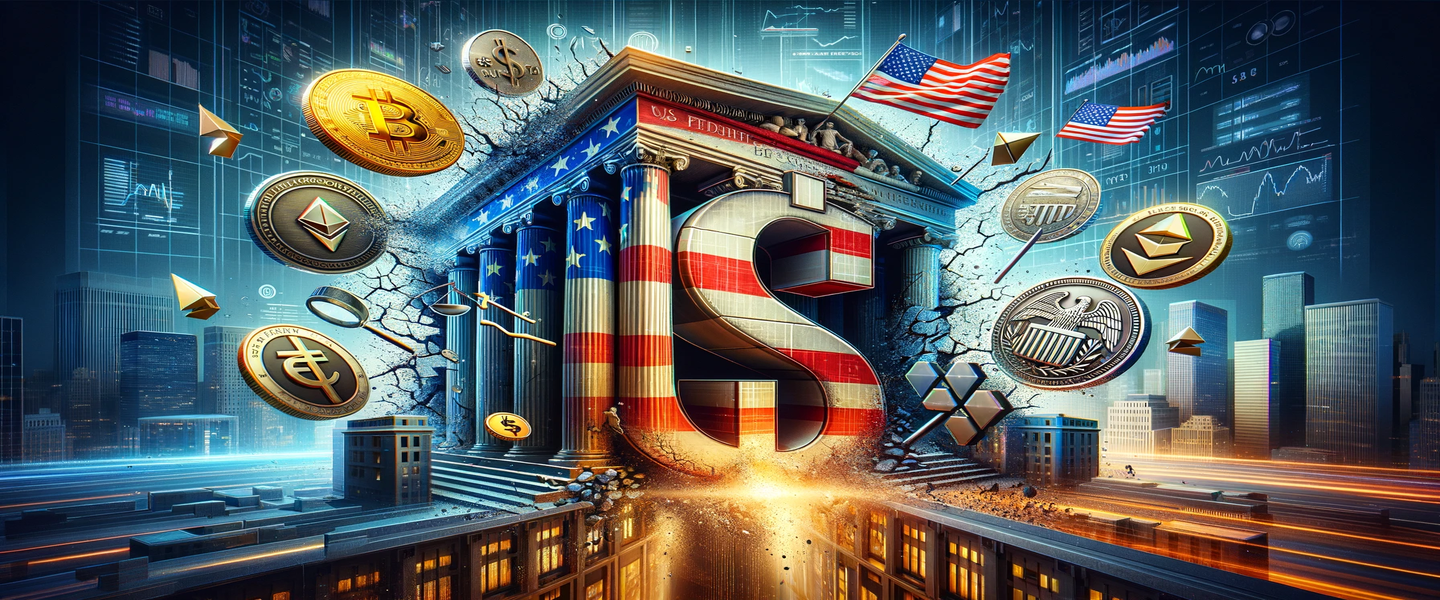
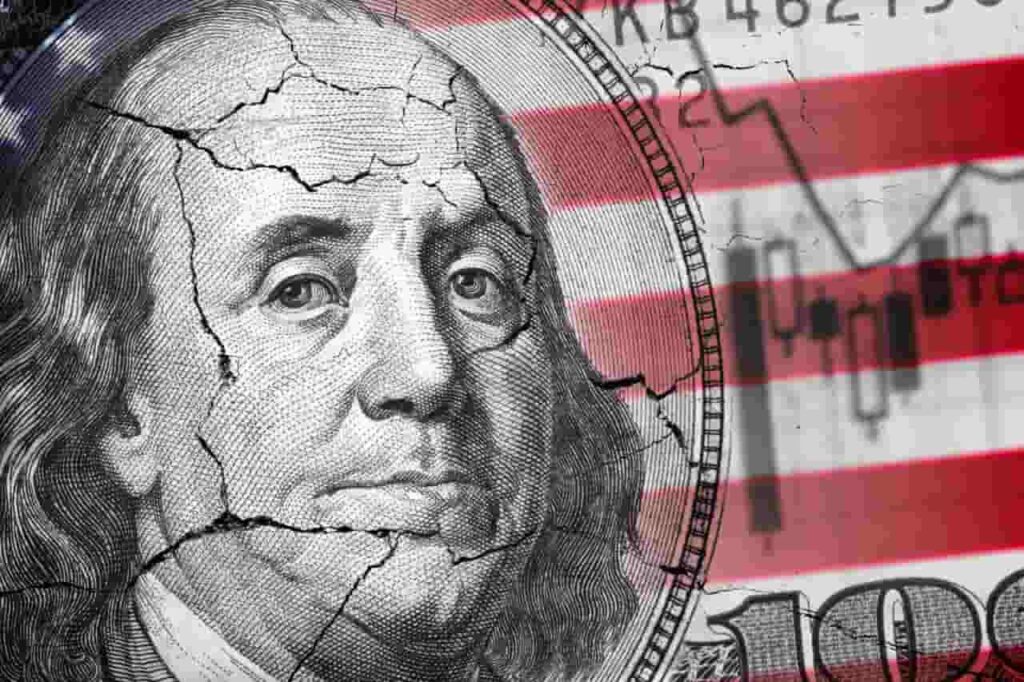
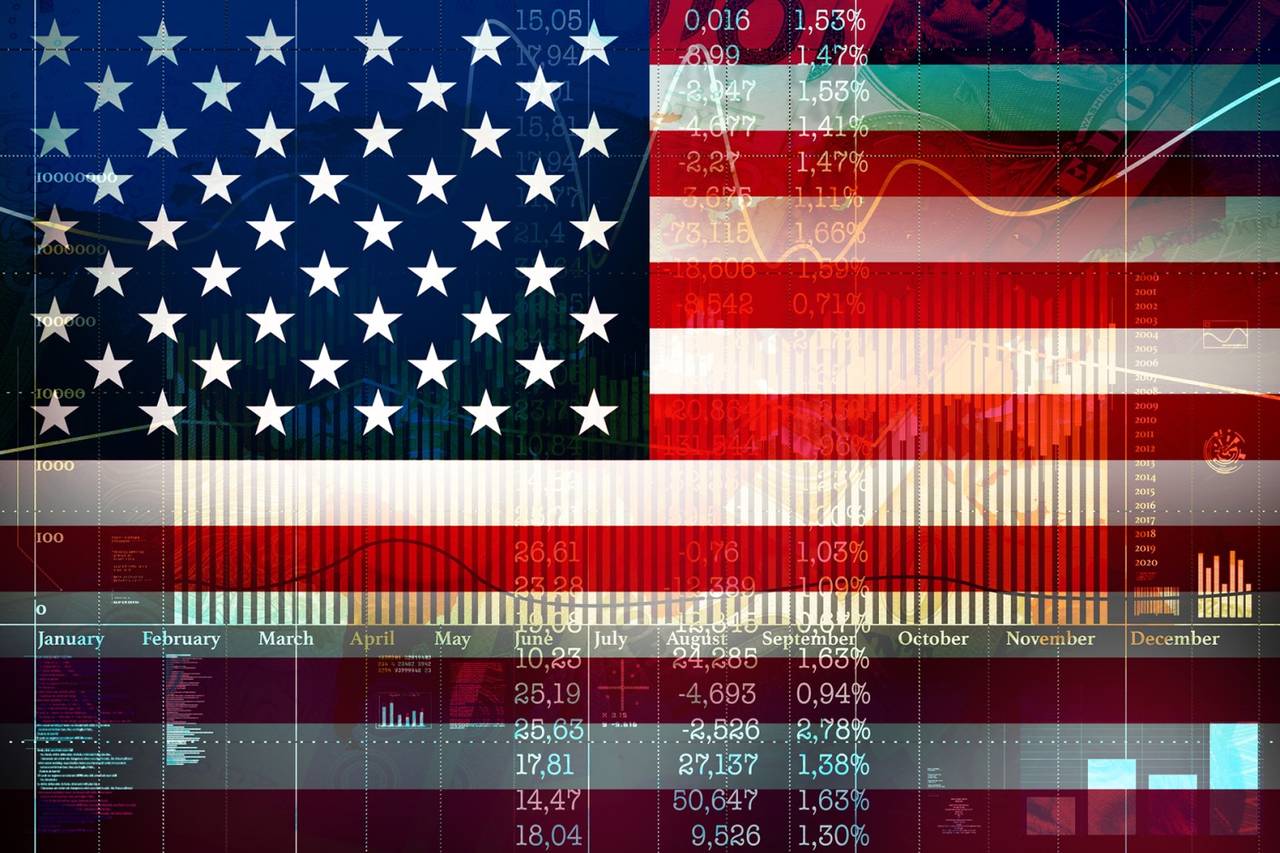
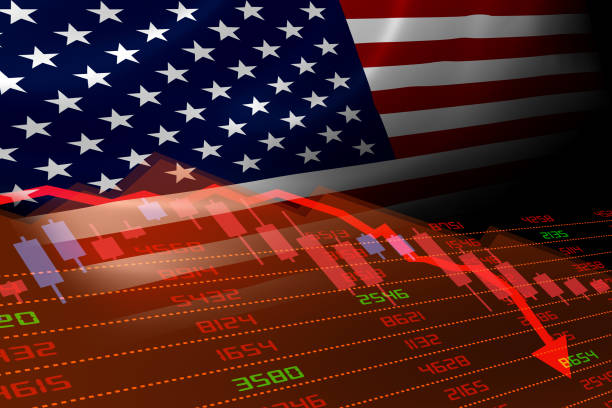
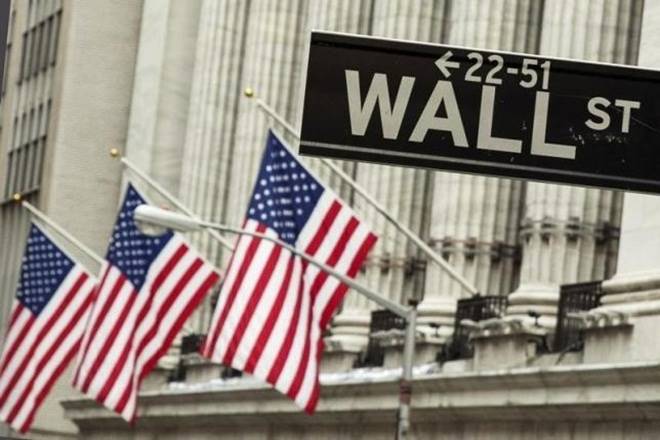
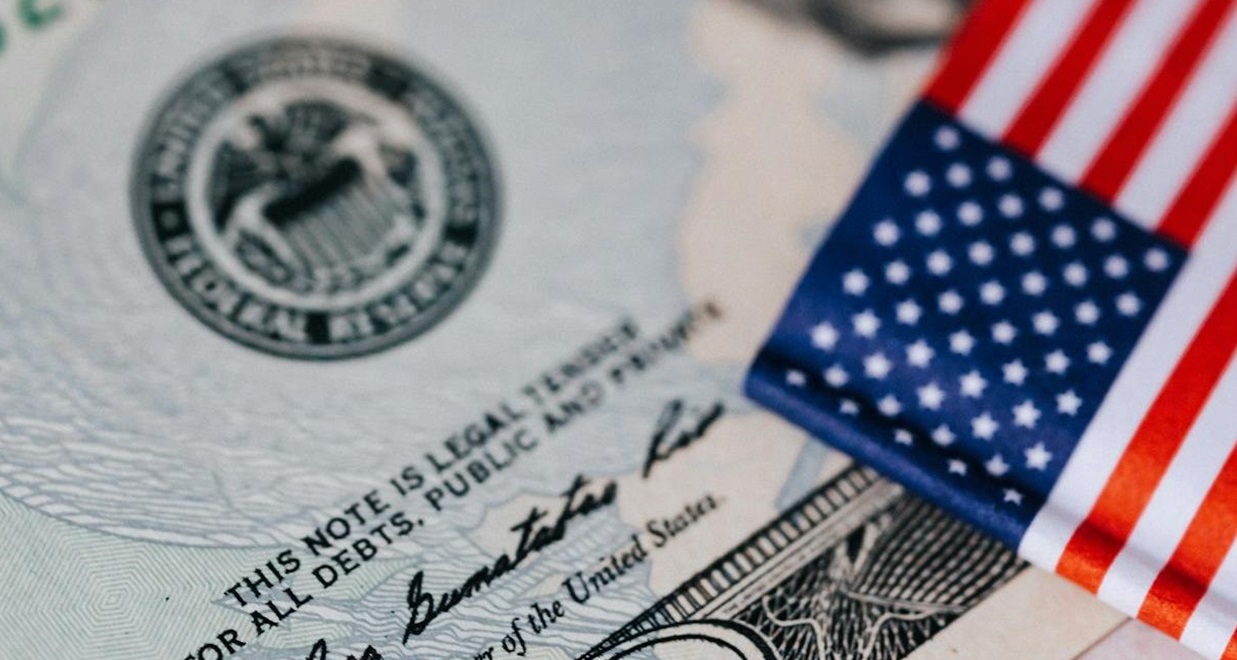

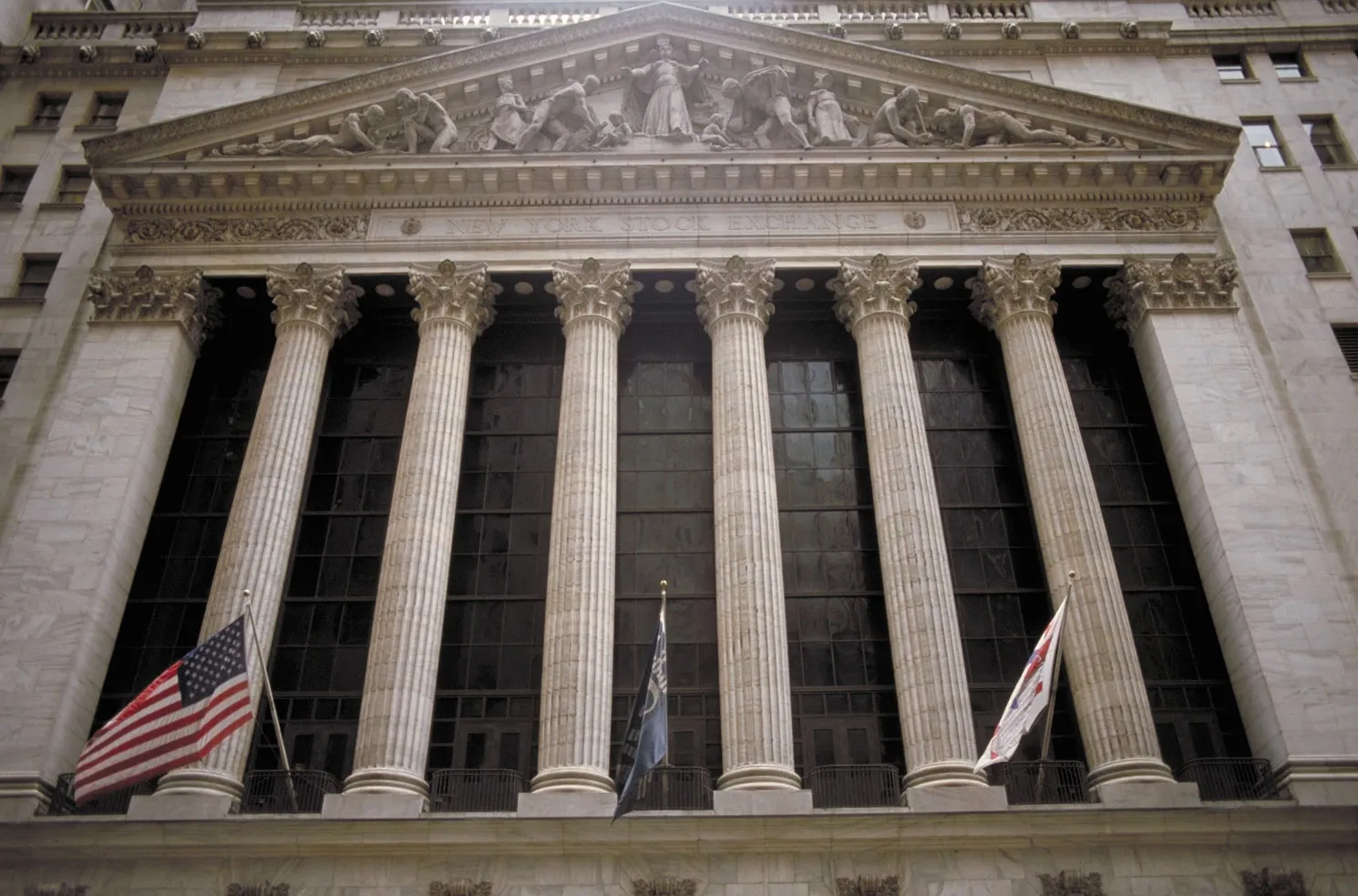
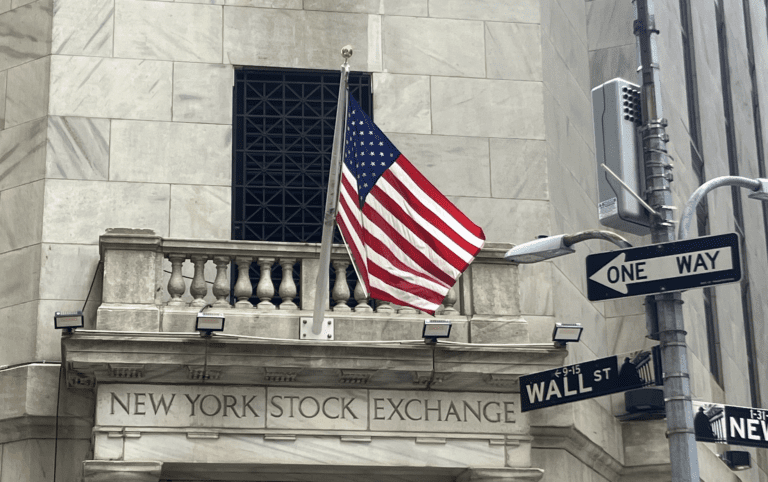

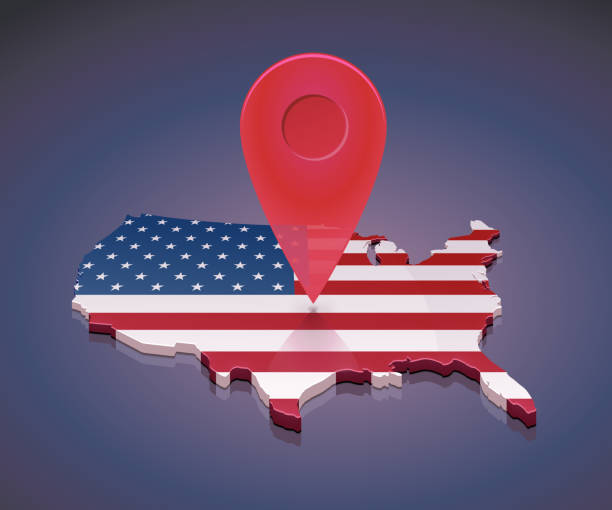
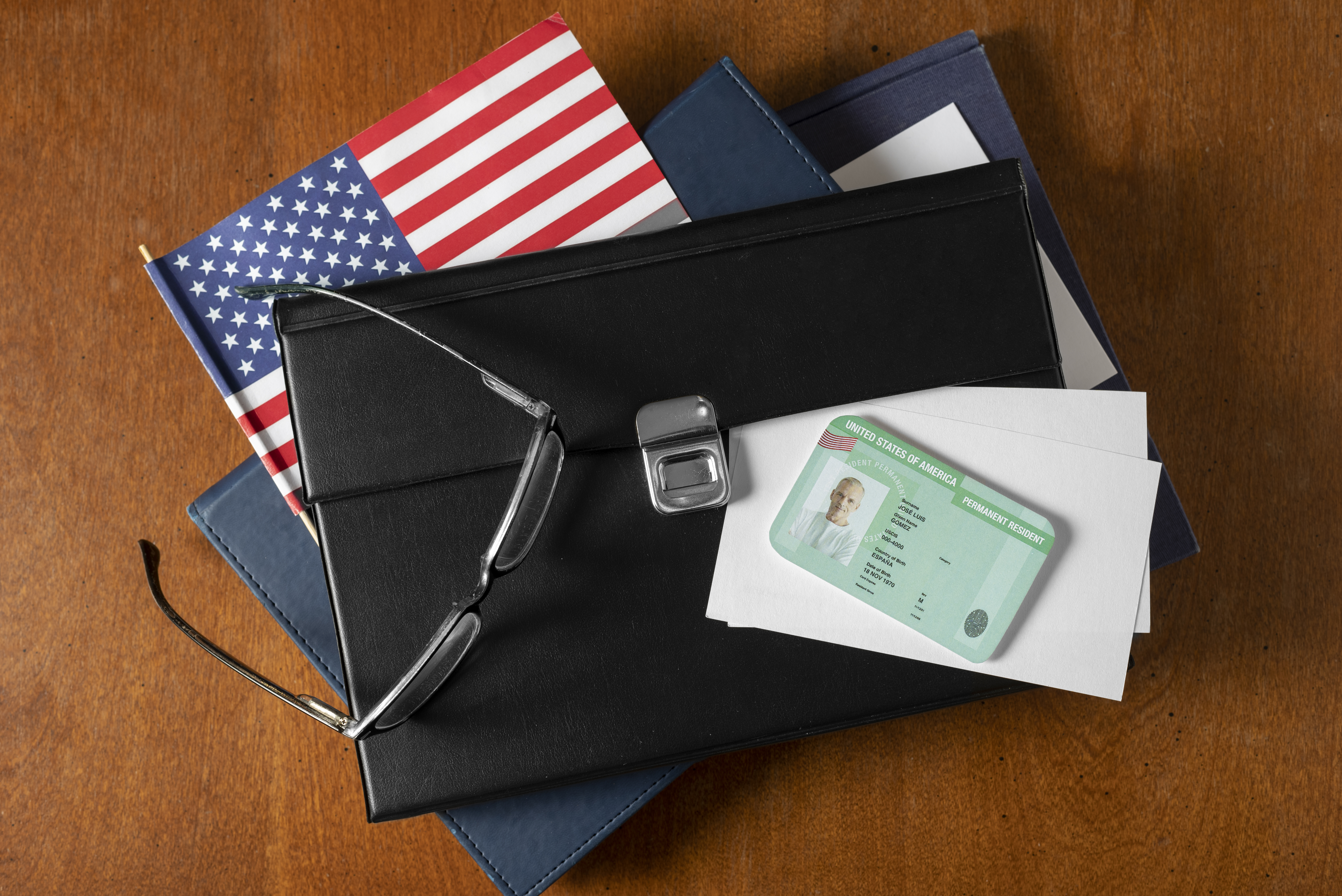



.jpg)
